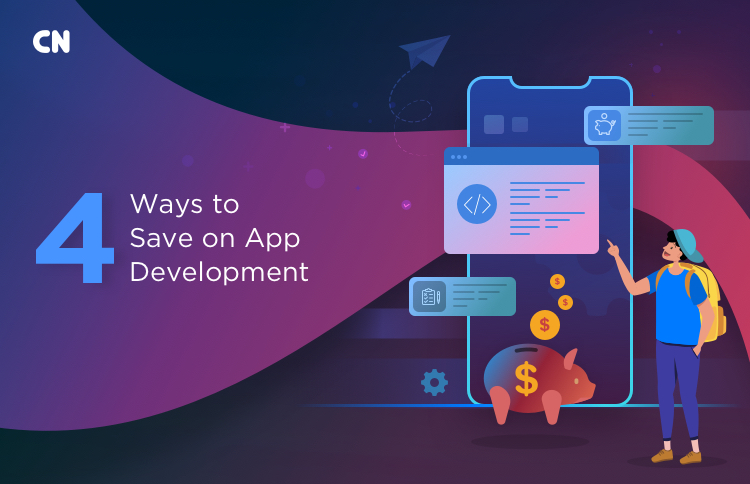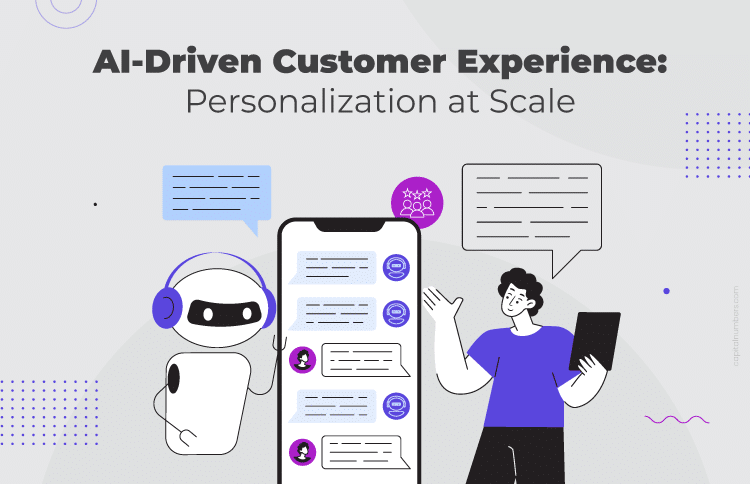4 Ways to Save on App Development
Table of Contents
If you’re like lots of startups and entrepreneurs, you have a great app idea. And yours has the potential to actually make a difference and be really useful and popular. So, obviously, you’re excited to develop and launch it out into the world.
But not so fast. You’ve heard stories about how much app development can cost. And what if your app falls behind schedule… or goes over budget?
The reality is, all app development is done under timelines and budget constraints, and some of the most popular apps started off very lean. If you undergo development in a certain way, it can easily be extremely cost-effective and low-risk.
There are just a few keys you need to be aware of. And, the sooner you learn them, the better. The middle of development is no place to suddenly learn you could have gotten it done twice as fast, at half the cost.
There are plenty of ways to keep your app costs down while developing. We’re going to explore a few of them in this blog post. Keep reading…
#1: DETAIL YOUR REQUIREMENTS
First things first, make a list of all your requirements for documentation.
Over time, the details on this list may change, especially if you’re working with an agile team. But while you’re first getting started, it will be an invaluable resource. That’s because you can refer to it during the initial consultations and briefings, and together with your development partner, you can use it to formulate a strategic development plan.
So what should be on this list?
- Your objective for the app and overarching goals
- Required functionality
- Required design practices, if any
- Product specifications
- Technical specifications
- Desired technology, if any
- etc
Be as detailed as possible and remember — this might change over time.
Working from this list will ensure that your developer has all the capabilities needed to bring your app to fruition… BEFORE the project starts. It’s terrible to get halfway through a project only to be limited by technical capabilities.
During the initial stages of the process, both parties should be investing in understanding every requirement and what’s needed to fulfill them. Again, there’s almost nothing worse than getting halfway through a project only to realize you have fundamentally miscommunicated some key issues.
Doing it this way will also allow your developer to voice some recommended strategies, set a timeline, and more.
One of the first things we do with onboarding at Capital Numbers is have a very in-depth consultation or series of consultations where we make sure the project requirements are understood before moving on. This not only allows us to get started but also to keep the project on track even if the client has to attend to other matters.
#2 CAREFULLY SELECT YOUR DEVELOPER
It’s no secret we’re big fans of outsourcing here at Capital Numbers. That’s because outsourcing often offers reliable app development — from start to finish — with about half the cost and time you might spend using an in-house team.
In most cases, we recommend outsourcing when it’s your first project.
Consider everything that might go into hiring an in-house developer or team of developers. First, you need to consider the scope of the project. Will you need a full-stack developer or several specialists? What will their salary be, and will you need them to continue other projects after this one is completed? You’ll need to provide office space, benefits, vacations, etc. In-house teams are an investment that can only pay off over the long term.
And, you might go to a freelancer, but freelancers are notoriously flaky and unreliable.
The best is to go to a remote development agency — these agencies can take care of your app with the oversight and accountability that you would get in an in-house team.
But how do you find a reliable development partner?
Generally, a reputable outsourcing partner will have developers, leadership, and project managers with all the requisite experience and skills. They will also hire developers who are an exact fit for your needs. For example, all of our developers go through a stringent interview process with a practical development portion and multiple face to face screenings.
Further, your initial consultation will give you some clues. Expect them to understand your goals and business and build the sort of app you’re requesting — and, if it’s your first time, they’ll help guide you towards making the correct choices to reach your end goal. And, they should be able to give you knowledgeable answers and demonstrate a certain level of expertise.
#3 Communicate Regularly
If you want to ensure that your app will be delivered on time and within budget, you have to interact well with your developers regularly. The last thing you’d want to happen is for the project to get delayed because you weren’t free to provide feedback or approve required changes.
There’s nothing more dangerous than developers making the changes on your behalf because the project is already way past the deadline, but they, unfortunately, made an error, and it resulted in more work. Be available to them just as how you want them to be available for you.
#4 CONSIDER TAKING ON TESTING AND MAINTENANCE
Some remote developers offer testing and maintenance. Often, maintenance and updates will be included in the overall package. However, be prepared to perform testing and QC yourself. This is one of the best ways to save on costs … although it will require an investment in your own time and energy.
The more eyes on a given project to fix potential errors and catch bugs before they turn into application-breaking catastrophes, the better. Although your remote partner might be quite experienced, they won’t always be able to catch everything 100% of the time. Getting involved at this stage will help ensure that the final version runs as smoothly as possible.
CONCLUSION
If you’re concerned with getting your development done while maintaining a lean budget, the best thing to do is to outsource it to a reputable web development company. Not only can you typically cut costs in half, but you can also get it done in a reduced timeframe. Just be prepared to communicate clearly, select your developers well, and get involved in any testing or QC processes.














